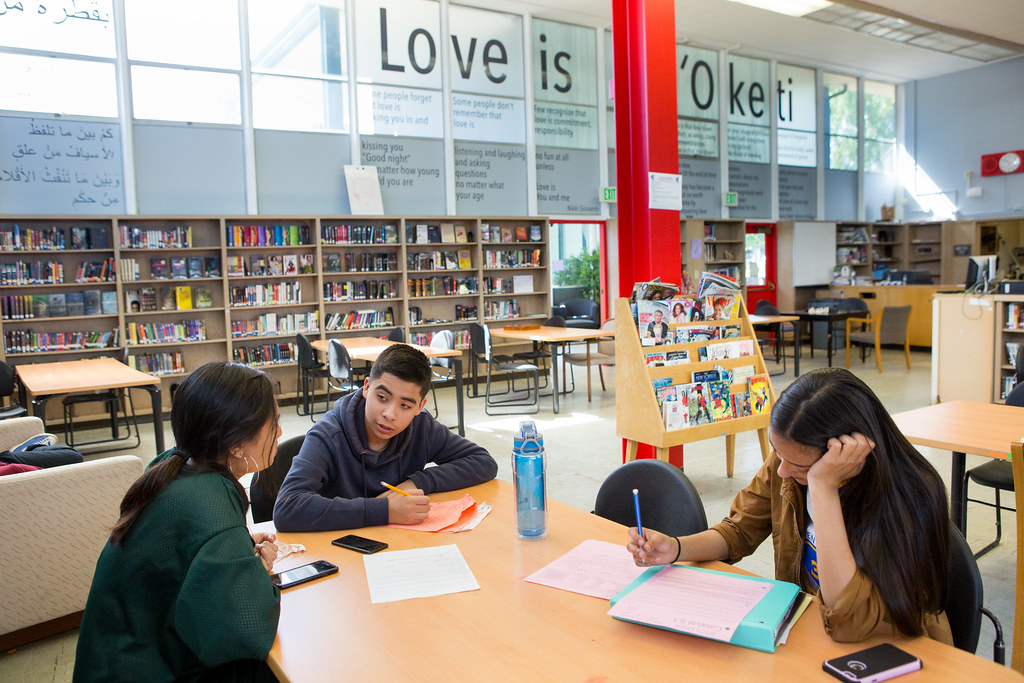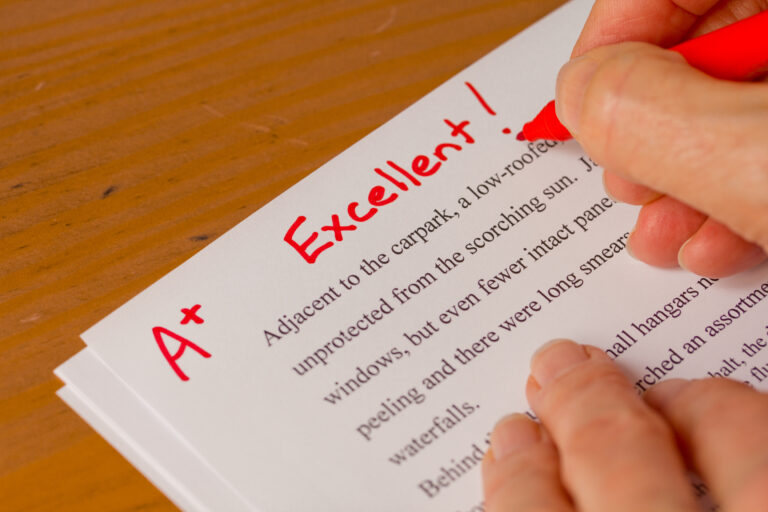Teaching Story Elements: Lesson Plans Made Easy
Hello there, teachers! In this guide, we’ll be discussing how to create a lesson plan for teaching the elements of a story. By the end of this article, you’ll have a clear understanding of how to create an engaging and effective lesson plan that your students will love.
Step 1: Determine Your Learning Objectives
Your learning objectives should be specific and measurable. For a lesson on the elements of a story, your objectives might include:
- Define the elements of a story, including plot, character development, setting, and theme.
- Identify the elements of a story in a given text.
- Analyze the elements of a story in a given text.
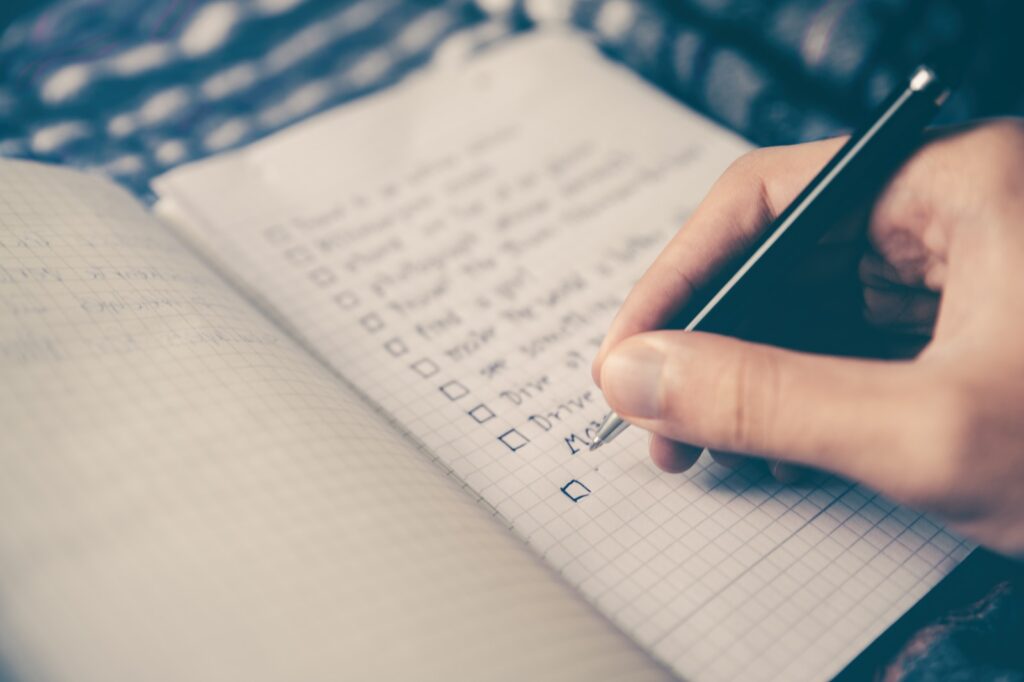
Step 2: Assess Your Students’ Needs
Before you start planning your lesson, it’s important to assess your students’ needs. This will help you tailor your lesson to meet their needs and ensure that they are engaged throughout the lesson. Some ways to assess your students’ needs might include:
- Administering a pre-assessment to determine their current understanding of the elements of a story.
- Conducting a survey to gather information about their interests and learning styles.
- Reviewing their past work to determine areas where they may need additional support.
Step 3: Choose Your Method for Teaching Story Elements
There are many ways to teach the elements of a story. Some popular options include:
- Lecture-style teaching: You can present information about the elements of a story through a lecture format.
- Group work: You can assign students to work in groups to analyze a given text or create their own story.
- Hands-on activities: You can engage students by incorporating hands-on activities like creating a story map, a character sketch, or a storyboard.
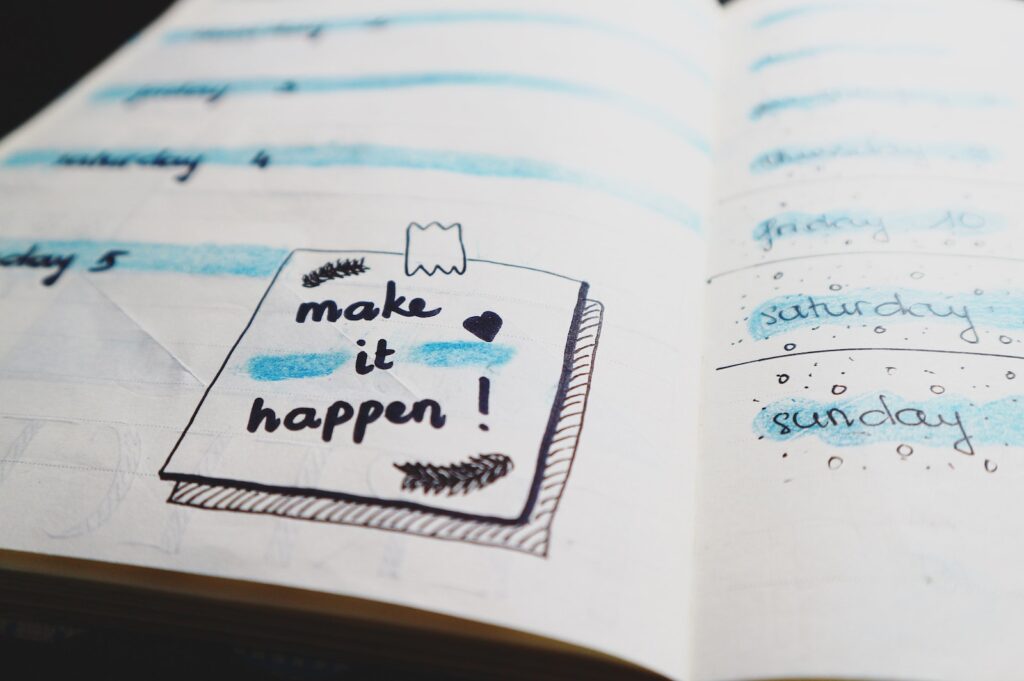
Step 4: Develop Assessment Strategies
Assessment is crucial to measure whether students have understood the material and achieved the learning objectives. Some assessment strategies for a lesson on the elements of a story might include:
- Quizzes or tests to assess students’ understanding of the elements of a story.
- Assignments to analyze the elements of a story in a given text.
- Group projects or presentations to demonstrate understanding of the elements of a story.
Step 5: Incorporate Engaging Activities
Incorporating engaging activities into your lesson plan is essential to keeping your students motivated and interested in the subject matter. Some examples of engaging activities for a lesson on the elements of a story might include:
- Creating a story map: Students create a visual representation of the plot and other elements of a given story.
- Acting out scenes from a story: Students work in groups to act out a scene from a story, which helps them understand character development and plot.
- Analyzing a short story: Students work in pairs or small groups to analyze a short story, focusing on the elements of a story and their role in the story.
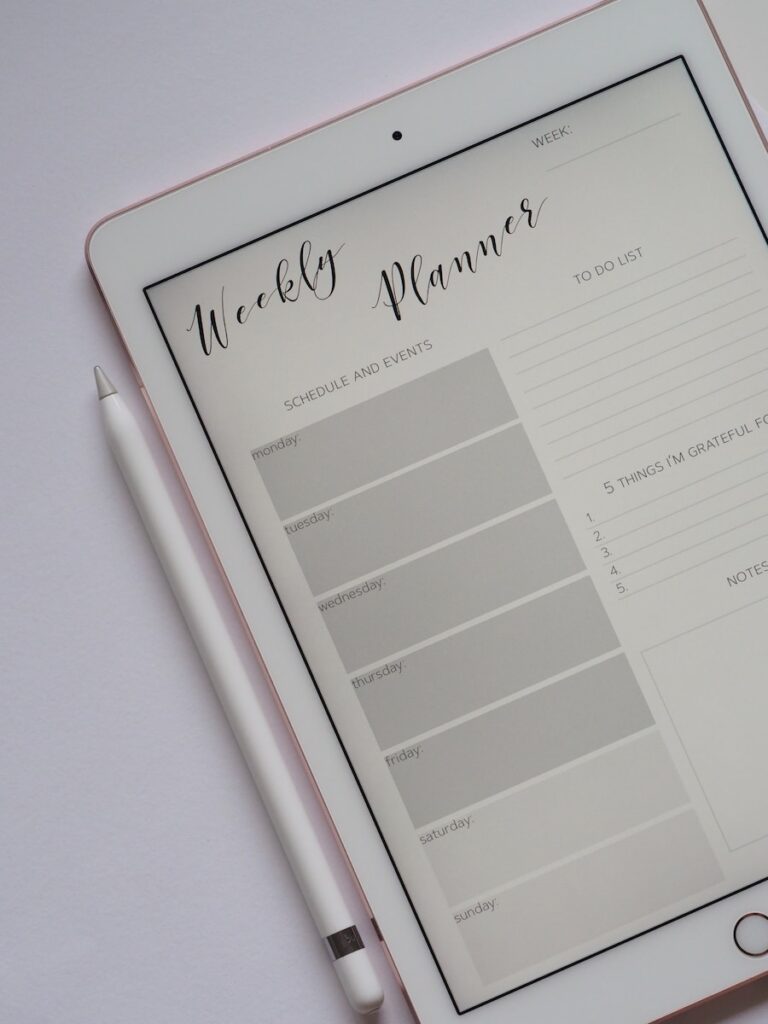
Step 6: Plan Your Time
It’s important to plan your time carefully to ensure that you can cover all the material and activities in your lesson plan. Consider how much time you will need for each activity and be realistic in your time allocation. Don’t forget to leave extra time for unexpected questions or issues that may arise.
Step 7: Evaluate and Reflect
After the lesson, take some time to evaluate and reflect on how it went. Did you achieve your learning objectives? What worked well, and what could be improved? Use this information to refine and improve your future lesson plans.
Sample Lesson Plan
8 Possible Activities to Include in Your Plan
Create a Story Map
Story mapping is a great way to help students understand the structure of a story. Start by reading a short story as a class, and then provide students with a blank story map that includes the story’s major plot points. Ask them to fill in the map with the events of the story and other elements such as the setting, characters, and themes. Story maps can take many forms, including charts, diagrams, or graphic organizers, so let your students get creative! This activity aligns with Common Core State Standards RL.6.5, RL.7.5, RL.8.5, RL.9-10.5, and RL.11-12.5, which focus on analyzing the structure of a story.
Act Out Scenes From a Story
This is an excellent way to help students understand character development and how character actions contribute to a story’s plot. Divide your students into groups and assign each group a scene from a story to act out. Encourage them to use the story’s dialogue and narration to guide their actions and movements.
This activity aligns with Common Core State Standards RL.6.3, RL.7.3, RL.8.3, RL.9-10.3, and RL.11-12.3, which focus on analyzing how characters’ actions contribute to the plot of a story.

Analyze a Short Story
Analyzing a short story can help students understand the story’s elements and how they work together to create a cohesive whole. Provide your students with a short story and ask them to analyze it in pairs or small groups. Encourage them to look for the story’s plot, setting, characters, and themes, and discuss how these elements work together.
This activity aligns with Common Core State Standards RL.6.1, RL.7.1, RL.8.1, RL.9-10.1, and RL.11-12.1, which focus on citing textual evidence to support analysis of a story’s elements.
Create a Story Cube
A story cube is a hands-on way to help students visualize the elements of a story. Provide your students with a cube template, and ask them to fill in each side with information about the story. They can include the story’s plot, setting, characters, themes, symbols, or any other elements they find important. Once they have completed the cube, they can roll it to review the story’s key elements.
This activity aligns with Common Core State Standards RL.6.2, RL.7.2, RL.8.2, RL.9-10.2, and RL.11-12.2, which focus on identifying the theme or central idea of a story.
Write a Summary of a Story
Writing a summary is an excellent way to help students identify the key elements of a story. After reading a story, have students write a brief summary that includes the story’s main elements, including the plot, setting, characters, and theme. This activity can help students understand how these elements work together to create a story.
This activity aligns with Common Core State Standards RL.6.2, RL.7.2, RL.8.2, RL.9-10.2, and RL.11-12.2, which focus on identifying the theme or central idea of a story.
Create a Storyboard
Storyboarding is a creative way to help students visualize the story’s sequence of events. Provide your students with a storyboard template, and ask them to create a visual representation of a story, including the plot, setting, characters, and themes. Storyboards can take many forms, including drawings, photographs, or even video!
This activity aligns with Common Core State Standards RL.6.7, RL.7.7, RL.8.7, RL.9-10.7, and RL.11-12.7, which focus on integrating visual and multimedia elements to enhance the understanding of a story.

Create a Character Profile
Creating a character profile is a fun way to help students explore the personality and motivations of a story’s characters. Ask your students to choose a character from a story and create a profile that includes information about the character’s appearance, personality, relationships, and motivations. Encourage them to use evidence from the story to support their descriptions.
This activity aligns with Common Core State Standards RL.6.3, RL.7.3, RL.8.3, RL.9-10.3, and RL.11-12.3, which focus on analyzing how characters develop over the course of a story.
Write a Sequel to a Story
Writing a sequel is an excellent way to help students think creatively about a story’s characters and plot. After reading a story, ask your students to write a sequel that continues the story’s plot or explores what happens to the characters after the story’s conclusion. This activity can help students understand how the story’s elements work together to create a cohesive whole.
This activity aligns with Common Core State Standards RL.6.2, RL.7.2, RL.8.2, RL.9-10.2, and RL.11-12.2, which focus on identifying the theme or central idea of a story.

By following these steps and incorporating engaging activities, you can create an effective lesson plan on the elements of a story that will make your teaching experience more enjoyable and your students’ learning experience more engaging. Remember to keep your objectives in mind, tailor your teaching method to your students’ needs, and have fun with it!


